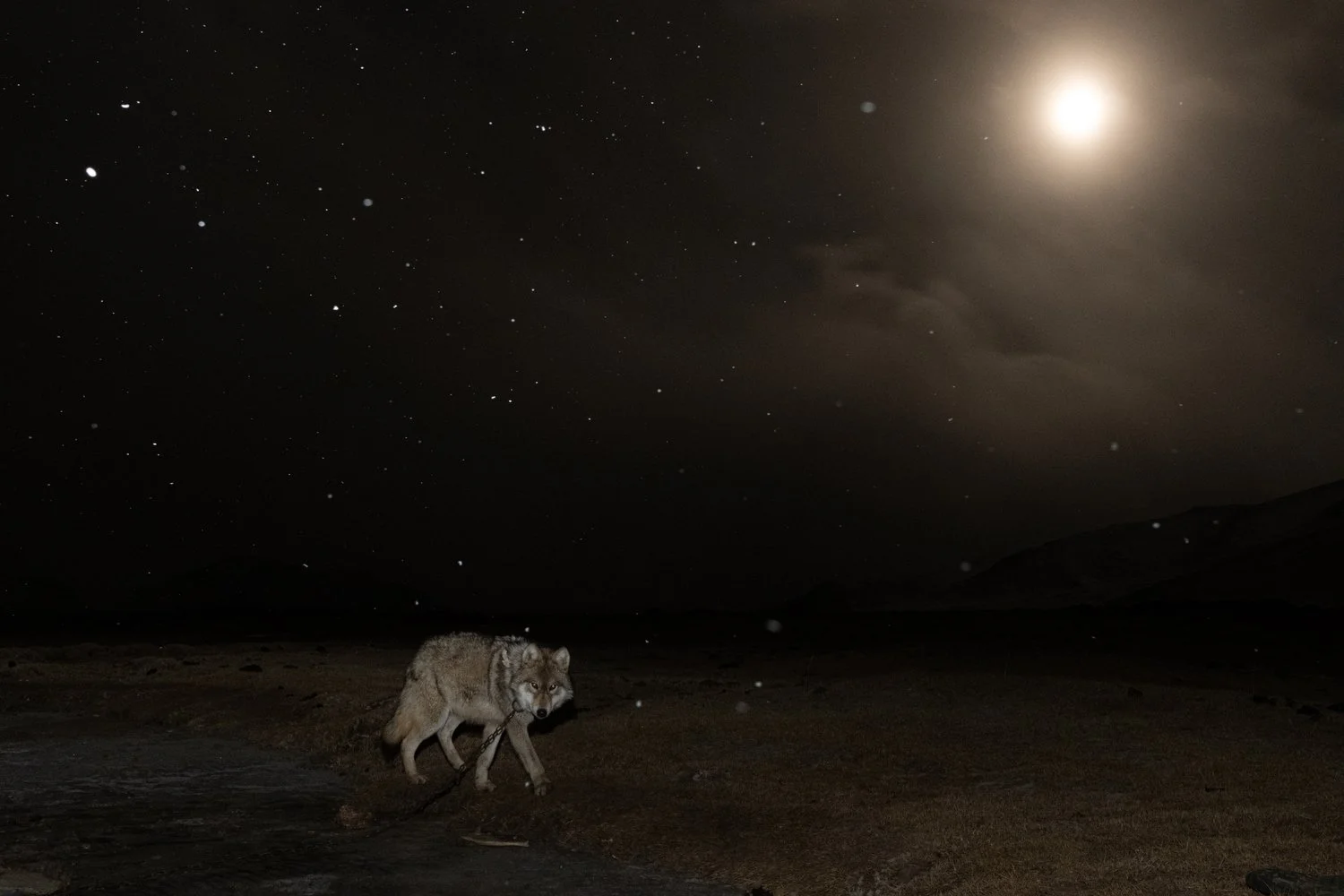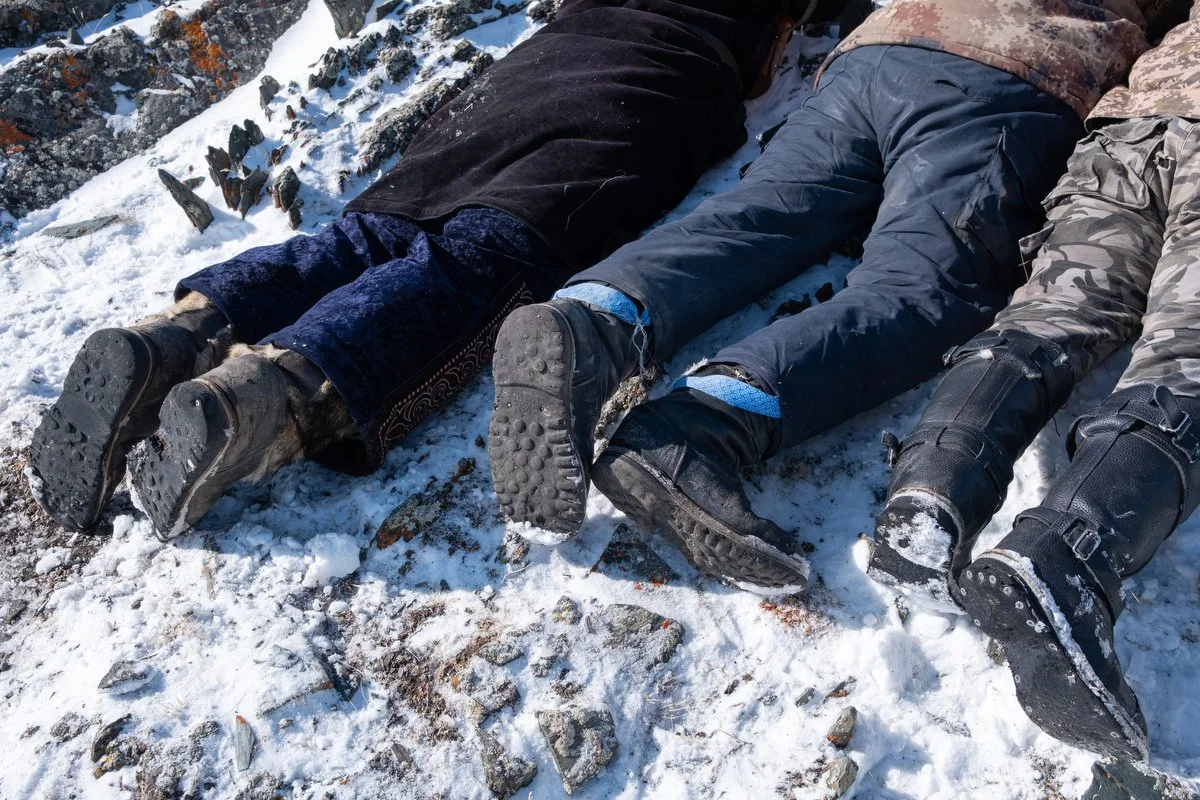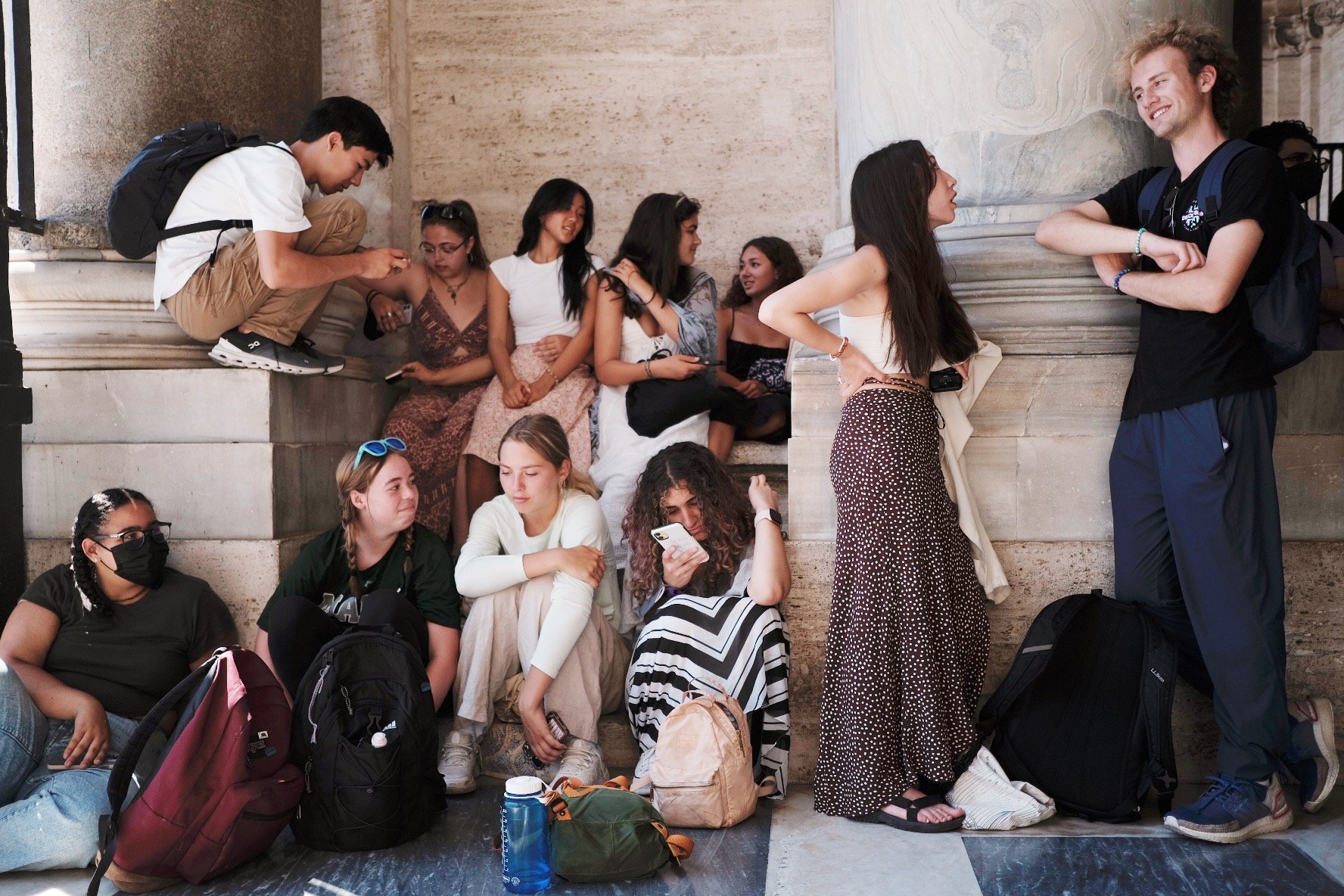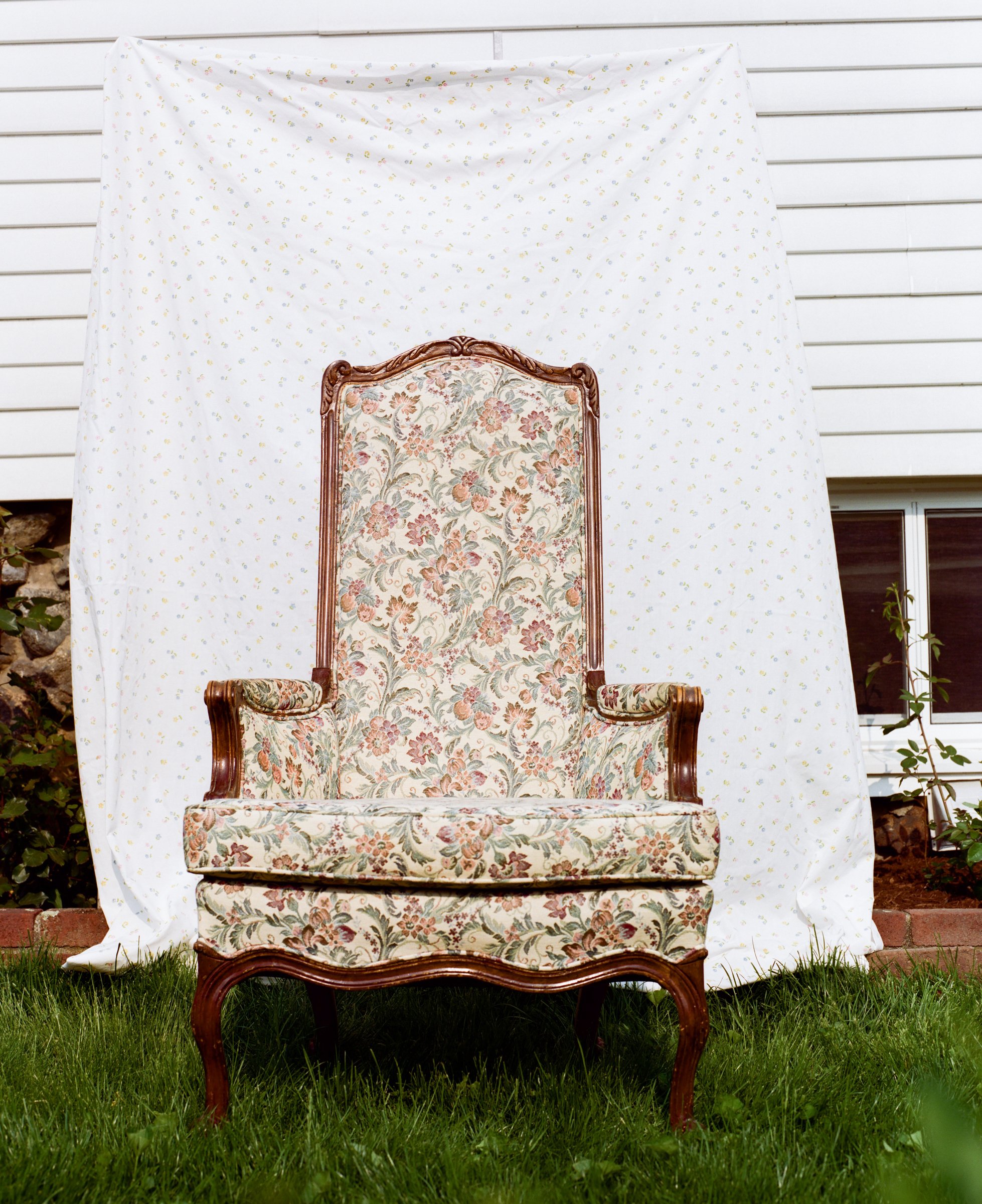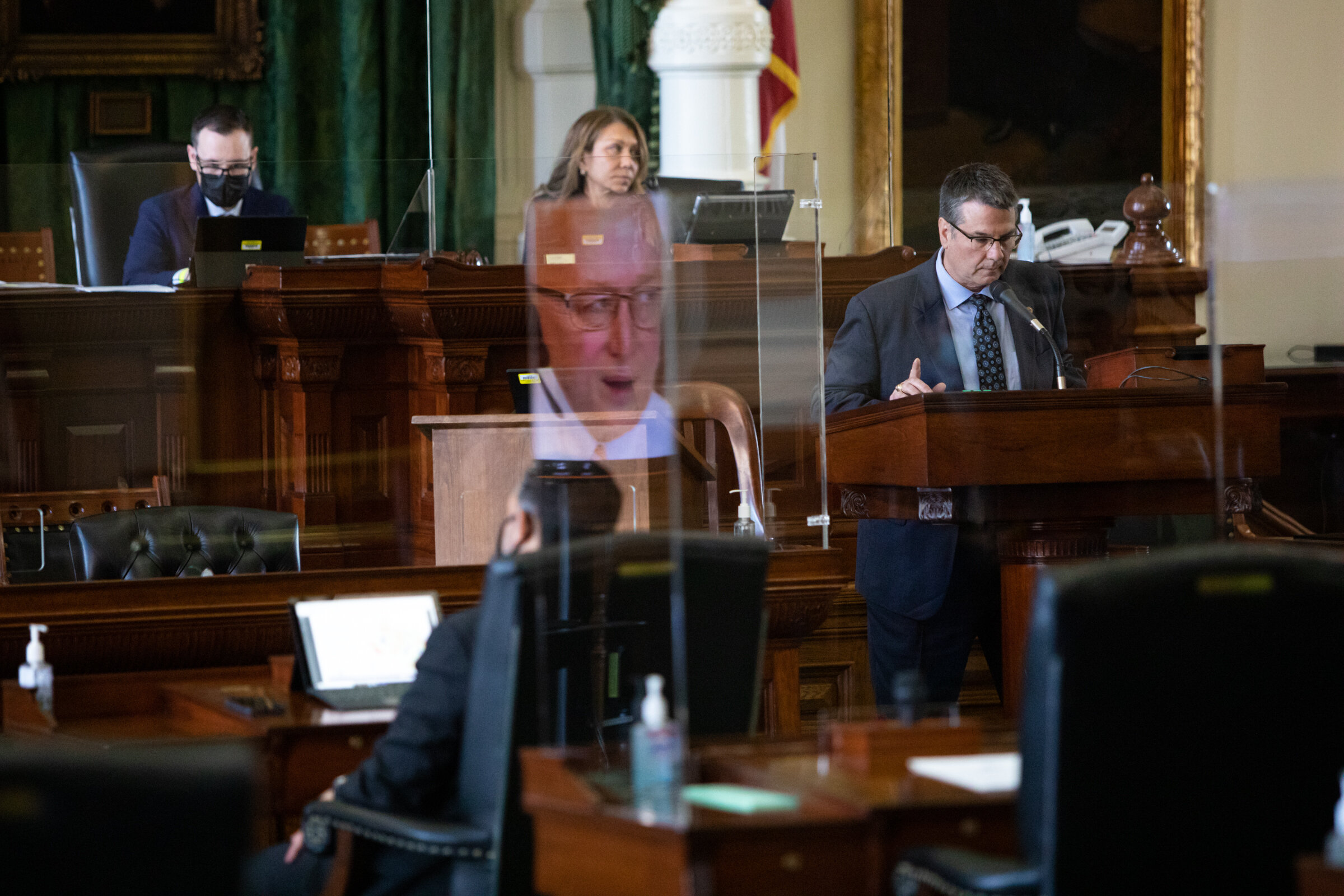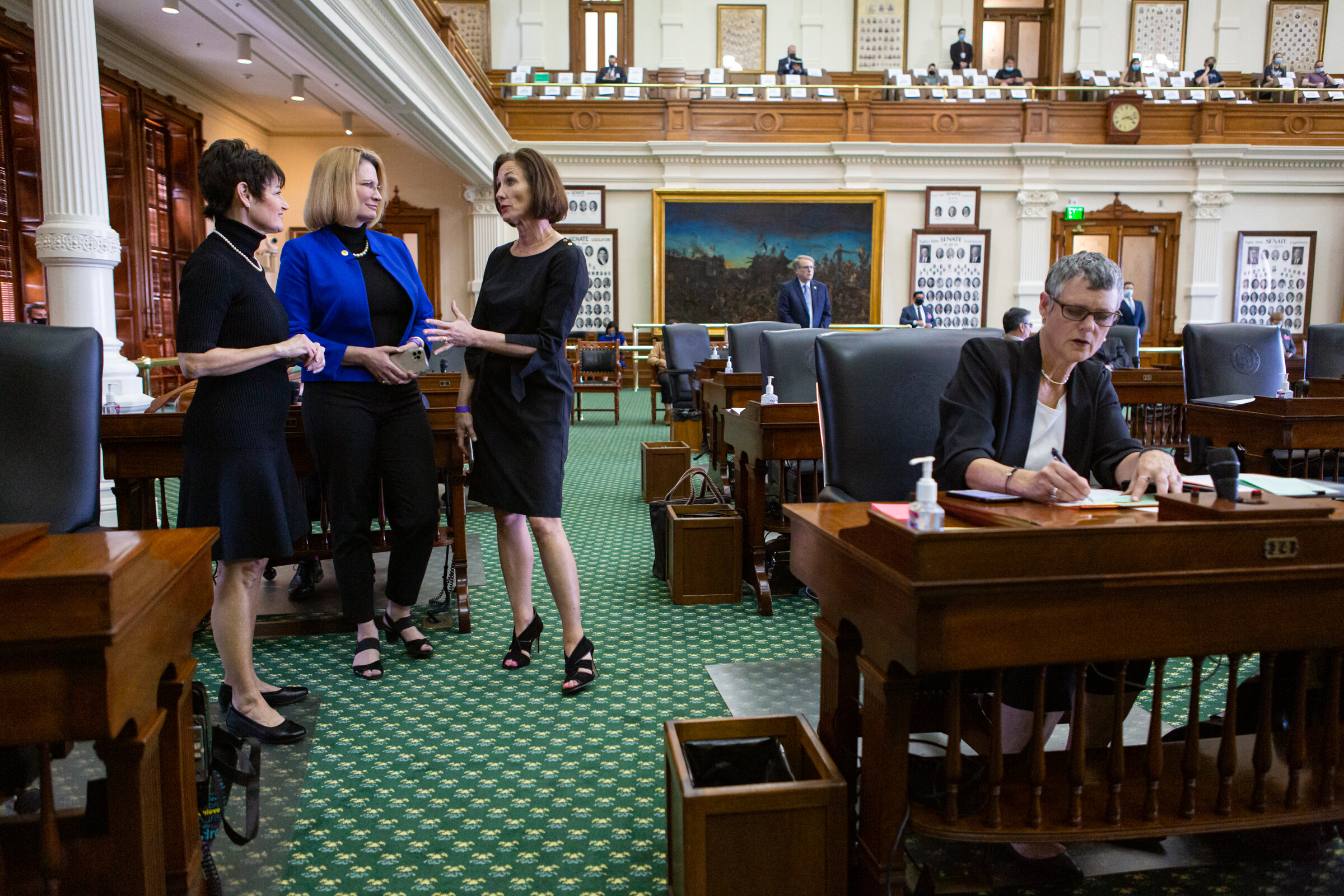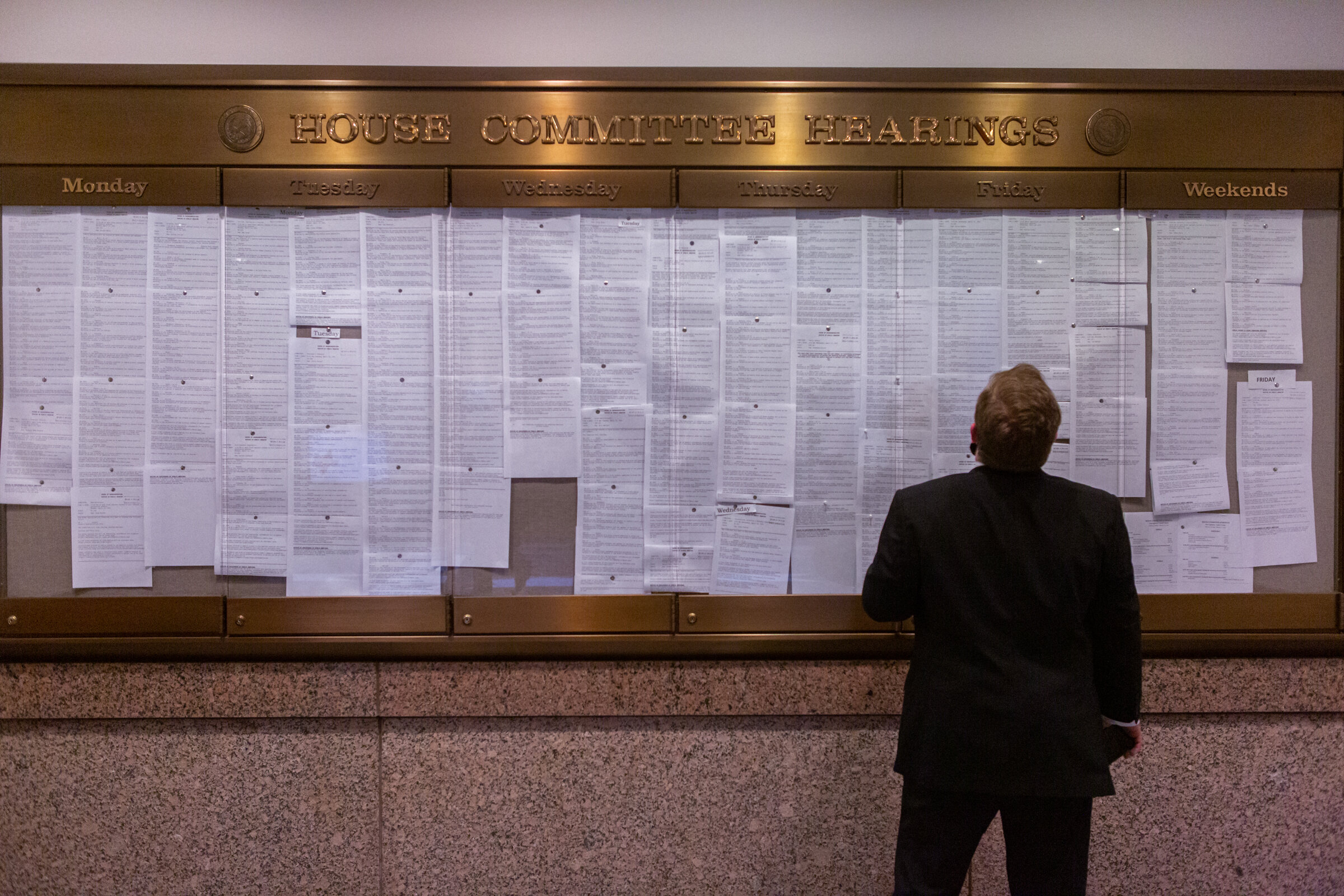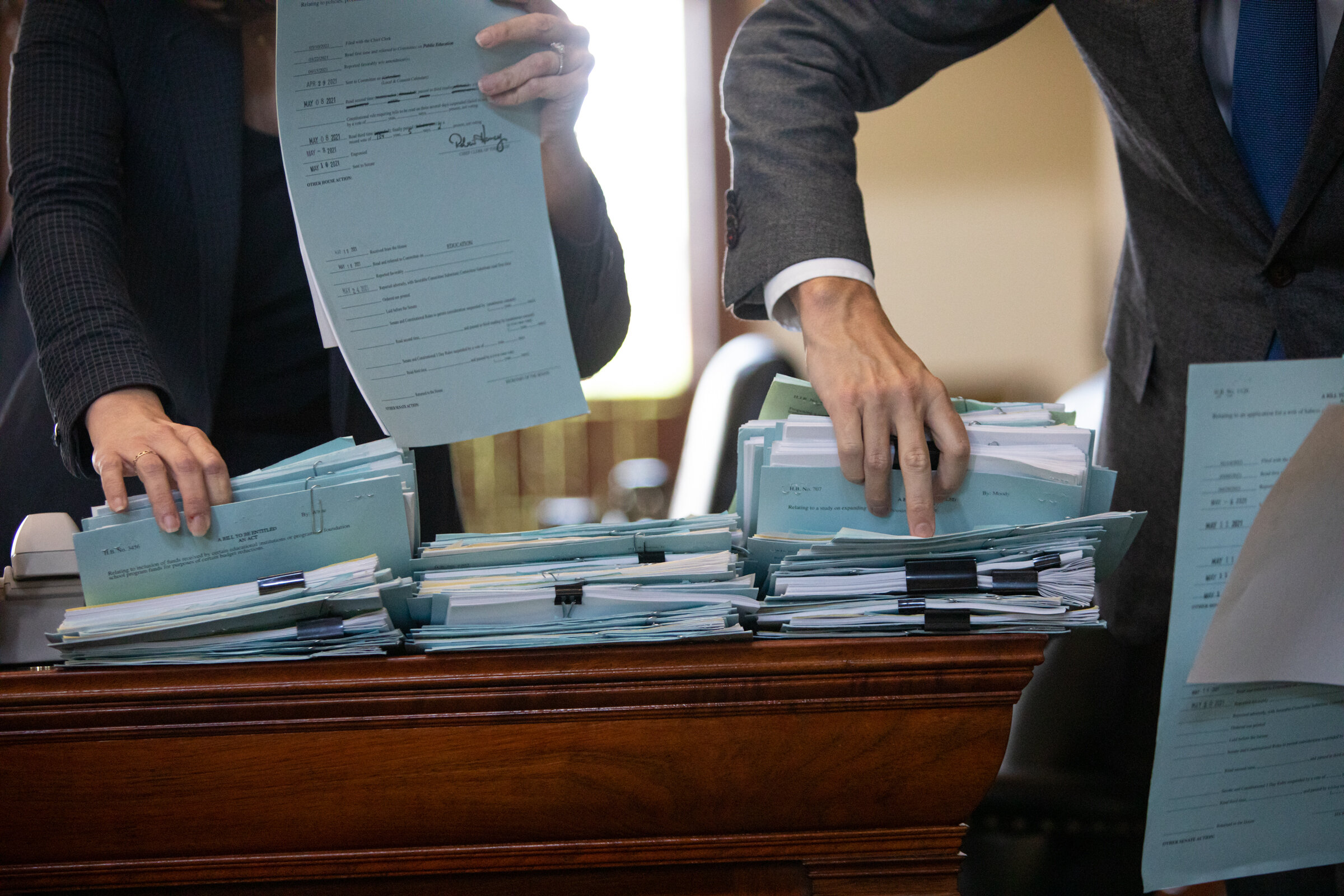I gave another man my boots today.
Wildly bulky.
Black yak leather insulated with sheepskin and felt.
3-centimeter soles to keep your feet as far away from the cold ground as possible.
Boots made to stave off a Mongolian winter.
Boots purchased for a wolf hunt.
Boots that
I would have reveled at pulling out for the singular cold snap we get in Austin each year.
Hulking objects taking up space
and collecting dust the vast majority of the year in a Texas home.
So instead of holding on to this wonderful pair of boots,
I gave another man these boots.
But not just any man.
I gave them to Serikbol Koshegen, or Sekish as everyone calls him.
Someone who, over the last 2 years I’ve spent three full months as his shadow.
It isn’t hyperbole to say that in the last two years, I’ve spent more hours with Sekish than with anyone else in my life.
We’ve ridden horses hundreds of kilometers through waist-deep snow as he and the hunting parties he organized searched for wolves.
I’ve spent countless hours on the back of his motorbike.
We’ve herded animals together in a whiteout blizzard
and watched his horses race across the Altai mountains.
As I gave Sekish my boots, I thought about a time when I was given another man’s hat.
———
After I graduated college a friend of a friend put the idea in my head that I should go work on a dude ranch in Colorado.
That’s exactly what I did.
I got a job as a kids' counselor but quickly started waking up early to help brush and saddle horses with the goal of learning to work as a wrangler.
After a few months, the head wrangler Brandon came to breakfast one morning, a morning where I had slept in, and exclaimed,
“Hey! Dimitri, where were you this morning?”
“Uh, sleeping, why?”
“You’re a wrangler, we expect you in the stables.”
“I guess I’m a wrangler now,” I thought as I tried to play it cool.
I don’t remember if that’s exactly what was said, but the gruff brevity and point of the conversation is what was communicated.
I went to work on that ranch as a 22-year-old from San Francisco who had just finished 4 years of college working in recording studios in New Orleans and New York. While I’d spent time out West, I was not someone who had brushed shoulders with ranchers and farriers before moving to Mancos, Colorado.
One day my coworker Shayna (name changed), someone who grew up in the Western Slope told me “Dimitri, I gotta be honest with you. You need to get some different pants. Those Levi’s make you look gay.”
I had seen Shayna cut a man twice her age down for using the n-word. And while the irony of her homophobic micro-aggression wasn’t lost on me, the 22-year-old version of myself was worried about looking gay on a ranch in rural Colorado.
Shayna took me to the local Big R, a ranch wear store that was unlike any retail space I had ever been in. She helped me pick out some cowboy-cut Wranglers.
As my weeks as a wrangler went on, I couldn’t shake the fact that I was the only one who didn’t wear a cowboy hat. And while I could have just headed back to the Big R to buy one, I already felt like I was playing a part. While my singular pair of Wranglers was fading quickly, there was still a part of me that felt like a fraud.
My coworkers were lifelong riders who kept pistols under their driver's seats.
Men and women who’d sooner walk off the ranch halfway through saddling a horse than be disrespected.
Kids shaped by alpine air and riding bareback at midnight.
A cowboy hat is on one hand a very practical adornment that keeps the sun off your face and neck—something that would have been incredibly helpful under the summer sun of the San Juans.
Sure, it’s just a hat on some level—a tool. But to me, a cowboy hat was like a western crown that I hadn’t earned the right to wear.
I was just some city kid playing cowboy.
After a couple of months of hatless wrangling, a group of high-rolling mule riders came to the ranch.
They pulled up with chromed-out trailers and Alabama moonshine.
We were told to wear our nicest shirts. Before our first ride, Brandon looked at me and said, “You need a hat.”
He headed to his cabin and came back with a well-worn, retired straw hat and handed it to me.
The braided straw had been broken down by the sun and holes had already started to make an appearance on the hat’s crown—hence its retirement.
Putting it on, I couldn’t have been more proud to wear that hat, which I did every day for the rest of my time on the ranch.
———
I originally moved to Colorado to learn to wrangle horses because I was rejected for a grant to live in Mongolia and hadn’t made plans for anything else.
When I moved to Colorado I didn’t even own a camera and becoming a photographer was definitely not something I was thinking about.
After the ranch closed for the season I ended up moving to Wyoming. I worked out there for a bit as I reapplied for the grant to get back to Mongolia. I won the grant the second time around and went on to live in Mongolia for 9 months.
In many ways, I’m glad I was rejected the first time around. My half-year stint at the ranch and time out West prepared me for living in Mongolia and for what I’m doing now. I learned how to ride, really ride. But more importantly, I learned how to engage with a culture that isn’t my own and truly appreciate it. I learned how to observe and listen. I spent time with people whose views of the world were very different from mine, people who I often didn’t agree with on a cellular level, but who I could still bullshit and drink whiskey with around the fire.
I’m not saying that nomadic Kazakhs in western Mongolia are in some way similar to Western ranchers. What I am saying is that continually pushing myself out of my bubble of comfort has exposed me to a world of curiosity.
In over a decade of coming to Mongolia, I’ve seen packs of wolves. I’ve watched a shaman as the ghost of his ancestor entered his body. I’ve seen cascading double rainbows and even the northern lights appear in the viewfinder of my camera.
A couple of weeks ago, as I followed three herders, Sekish, Aibolat, and Jaidik on a wolf hunt, I saw something that in over a decade of coming to Mongolia I had never seen.
I saw three herders rubbing their hands together to get warm.
Needless to say, if Sekish, Aibolat, and Jaidik were cold I was doing everything in my power to forget the pinpricks I was feeling in my fingers and toes and focus on the frames appearing in front of me.
Speaking about wolf hunting, Sekish told me “Not every man can do this. Not every man wants to do this.”
There have been moments in the last few months where I’ve asked myself, “Why do I want to do this?”
Instead of structuring the majority of my decisions around following a wolf hunt, I could be sitting in my house drinking coffee on a more expensive couch than I currently own.
I could be biking around the city in shorts at night instead of freezing my ass off in 7 layers of clothing.
I could be in deep conversation with friends instead of spending weeks at a time without the ability to communicate through language.
But then I think about the fact that I’ve spent the last two years testing my spirit against wolves’.
As the Kazakh proverb I’ve heard and repeated in my head countless times goes,
Wolf says, “I can only be seen by those with the same spirit.
I can only be killed by those with a higher spirit.”
And while this year our hunting party didn’t kill any wolves we saw many.
As Sekish tried my boots on I thought about Brandon’s hat.
As I thought about bringing these fur-lined black leather boots with thick soles home, about wearing them 2-3 times a year, I thought about earning a cowboy hat and questioned if I had earned these boots.
In many ways, I know I have. But if there’s anything I’ve learned living out West and in Mongolia, it’s that cowboy poetry and pragmatism go hand in hand.
More than anything, what I know is that Sekish will wear the boots I gave him until the soles fall off. Hell, if the soles fall off he’ll screw them back on and keep wearing them.
Even if I have tested my spirit with wolves’ and earned the right to wear these boots, I’ll sleep better knowing Sekish’s feet are a little warmer and that those rubber soles are getting ground down a day at a time as opposed to sitting in my garage gathering dust.
Those boots have earned the right to be worn—something I know I won’t be able to give them.


